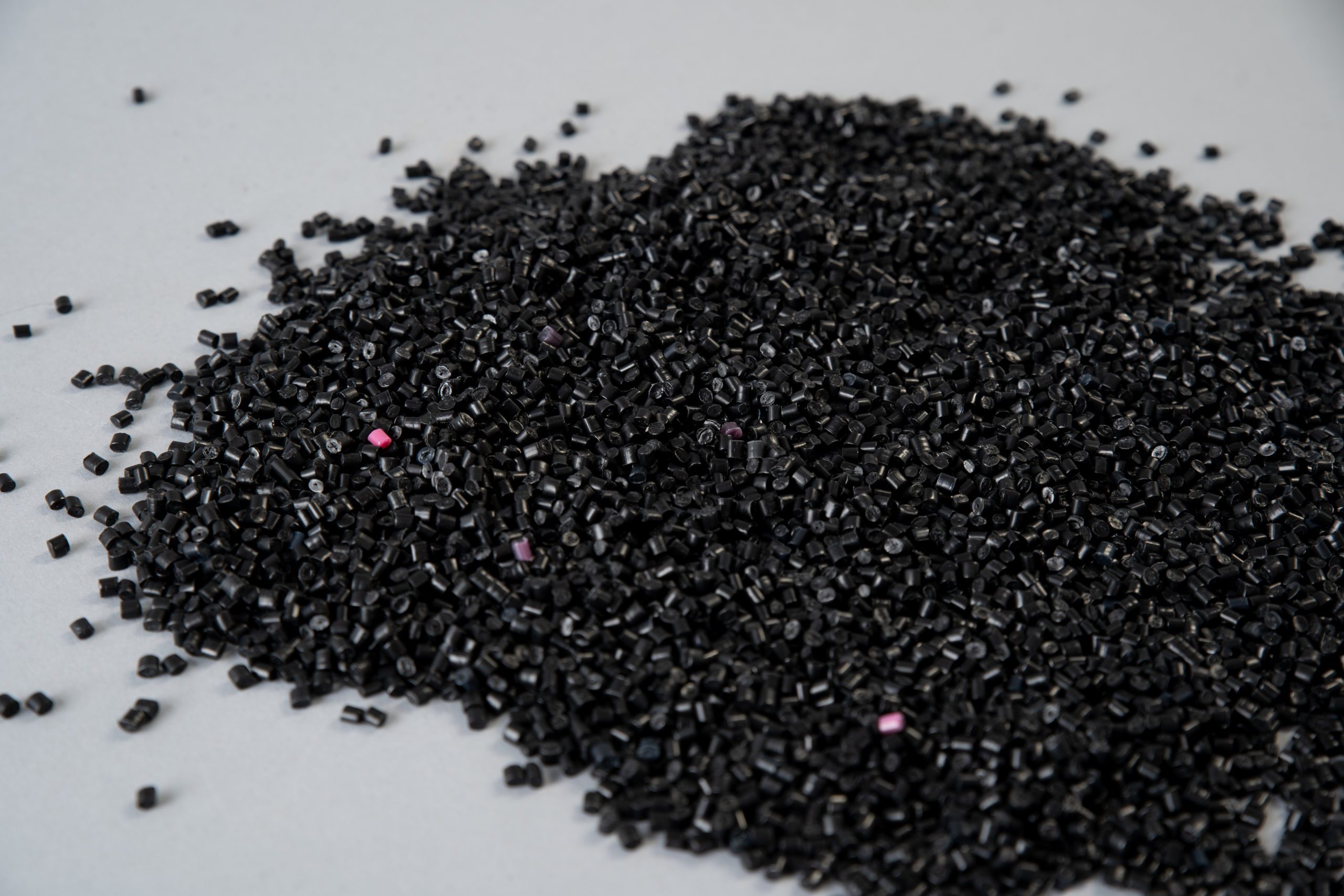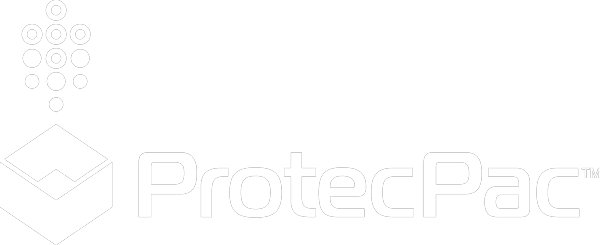Sustainability
Our commitment to the environment
We believe in our future generations, which is why we have committed our time and resources to establishing a more sustainable way to create packaging solutions. We are continuously reducing our energy, water, and greenhouse gas emissions, as well as waste.

Our waste reduction strategies focus on limiting the loss of material to waste as well as minimizing energy use. This includes all facets of our process, including design, manufacturing and transportation.
Our wide array of available materials assists us in creating packaging solutions that not only reduce waste and increase cost efficiency, but are also lighter in weight. These products are less costly to produce and help to reduce transportation costs, energy costs and greenhouse gas emissions — all without sacrificing quality.
Helping you to make the best choice
Our approach begins with a six-step exploration:
.01
Sustainability by design
.02
Sourcing for positive impact
Extraction, harvesting, and so forth all play a role in ensuring that we reduce environmental and social impacts all along the value chain. We understand that choosing materials with less climate impact or that protect communities’ unique cultures can play a role in providing sustainable materials.
Our sales and design teams are material-agnostic will evaluate the environmental impact of various material and design choices to ensure the product is sufficiently protected. We can also collaborate on environmental certifications, if needed.
.03
Clean production
.04
Measuring and managing our impact
.05
Preventing unnecessary waste across the distribution chain
The primary purpose of protective packaging is to ensure that the product is safely delivered to the end user without damage. This means being aware of how products are delivered (on a pallet, full or partial truck load, seabound container).
Our design and sales team will work with you to create and test packaging to ensure that it withstands vibration and/or drops and maximizes cube utilization opportunities, to ensure that we reduce product damage and consider how we can reduce further cost and environmental impacts.
.06
Circular
recovery
Resource reuse is an effective way to reduce costs, reduce environmental impact and extend material value. Our designers and sales team will collaborate with you to evaluate how our materials can best be recovered, working with you to collect your scrap and bring it back to where it can be recycled. We evaluate and offer options and will help educate you on available opportunities.
How we are reducing waste — 12 million pounds of it.

When you work with us, you will find a partner in sustainability who can offer valuable market insights, in-house research tools, and sustainable design solutions to meet your business goals, reduce your environmental impact, and engage your end users.
